Algae and their role in the aquarium - Part.1 Diatoms
Without them, life on earth would not have been able to develop - algae are among the oldest organisms. They are adaptable and frugal, and when the higher plants have been weakening for a long time, the algae take advantage of ecological niches and nutrient gaps and thrive. Often one hears: "There is algae in my aquarium, but my water values are good ..." Here you should keep in mind that the water values are not good in spite of the algae, but precisely because of them. If there were no algae, the whole aquarium system would have been overturned long ago.
Algae and their role in the biotope "aquarium
Generally there are algae in every functioning biotope - the mass makes the problem. So you don't have to act against every algae, no matter how small. Without them the aquarium biology would be very unstable and not worth living for the inhabitants. The question is: Can I, for example, live with a fine green patina layer on my decoration, or does everything have to look like licked? Patina looks more natural, and it is clearly better for the inhabitants if a few algae are present. Sometimes we also have to part with our human standards of cleanliness, or at least not make them our top priority, but instead focus on the biotope as a whole system. Turn one factor and the whole system changes!
Nutrients in dependence on light and CO2
This can be seen beautifully in the interaction of light, nutrients and CO2. Our aquatic plants need all three factors for good growth. If one factor is missing completely or is only present to a limited extent, the plants cannot continue to grow and the algae take advantage of the resulting nutrient or light peaks. Let's assume we have an aquarium in which everything is running properly so far. We have no CO2 fertilization, our plants are relatively undemanding and grow even without it. We do not fertilize. Our relatively strong stocking and feeding bring in enough nutrients for our plants. The lighting is not the youngest anymore, but all in all the system is running. The plants grow slowly, but they grow, and there are no noticeable algae carpets. Now we want to "do something good" for our plants and hang one of the new LED lights over the tank. They need less power, so we treat ourselves to a higher light output. And now the algae take over ... green absorbent cotton spreads in the aquarium and takes on gigantic proportions.
What happened? The nutrient level was adjusted to the low light output. Now, all of a sudden, there is too much light in this system, which cannot be used by the plants at all, because they do not have more nutrients available. They are no longer competition for the algae, and the algae take over the tank.
So what to do?
Basically, algae are a symptom - if you only fight the algae and don't get to the bottom of the cause, you will either have the same problems with the algae again and again (which can be very frustrating in the long run) or the biotope aquarium will derail completely and tip over. Most algaecides, i.e. anti-algae agents, are self-prohibiting in invertebrate aquariums, as they are highly toxic not only to algae, but also to shrimp, crabs, crabs, snails and mussels.
Algae eaters such as amano shrimp and fish are conditionally suitable, especially nano aquariums are usually much too small for them! Once the algae are removed, the algae eaters still need food, which can be problematic especially with the often recommended neritids, the racing snails or mermaid snails. As a remedy we recommend the AlgeaPlates, which are also used in our plant.
Many different types of algae have evolved over the long history of the earth, which can indicate different problems. In this blog, we will try to take a closer look at the most common species and genera and give tips on what to do about excessive proliferation in each case.
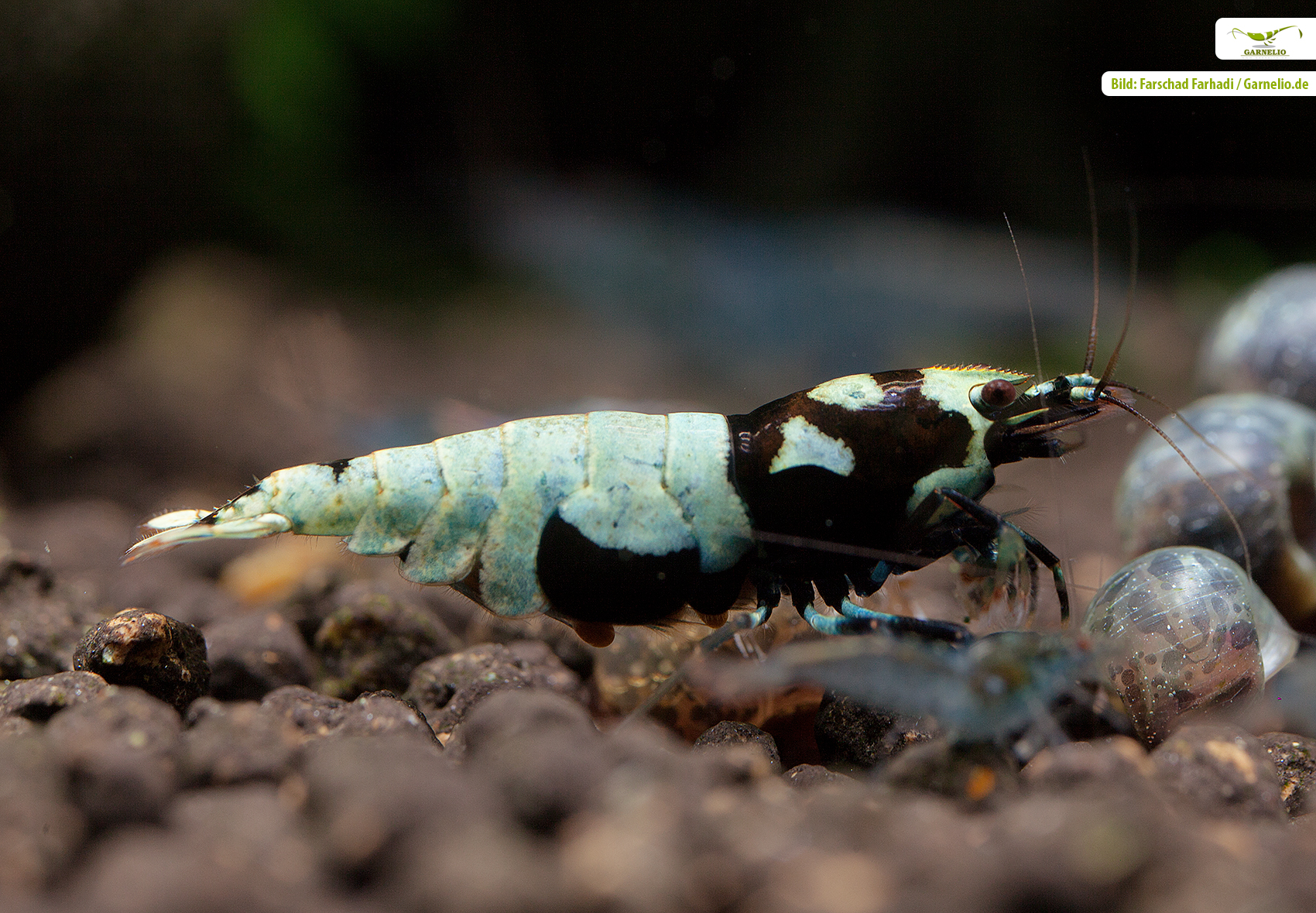
Diatoms ("brown algae")
Let's start with the unicellular diatoms (diatoms). They are often wrongly called brown algae because they are brown. But the real brown algae are only found in seawater.
If you look at diatoms under the microscope, you will find fascinating shapes. They have a skeleton of silicic acid (silicate), which can take the most interesting shapes. Angular, roundish, symmetrical, those with a hole pattern, with spines ... there are almost all shapes among diatoms. An infestation of diatoms manifests itself in brown, sometimes fluffy coatings, which lie loosely on plants, decoration and the substrate, or which can also sit somewhat more firmly, especially on porous surfaces. These algae are particularly common in freshly set up aquariums during the run-in phase. Later, the bacteria in the filter metabolize the silicic acid in the water to a large extent, which is then no longer available to the algae to build up their skeleton, and they practically always disappear again on their own. As soon as the plants begin to grow and thrive, they deprive the diatoms of further nutrients and thus further life support. In a well running aquarium, where the ecosystem has settled down and is in balance, diatoms are usually no longer an issue.
For the vast majority of aquarium inhabitants, diatoms are also a favorite food. Studies of the gut contents of shrimp and snails from the wild have shown a very high proportion of diatoms in their daily diet. Especially racing snails, staghorn snails and anthracite cup snails are extremely good diatom eaters. But also Red Fire, Yellow Fire and all other shrimps of the genus Neocaridina like to eat diatoms as well as bee shrimps, tiger shrimps, Amano shrimps and all other Caridina species.
In principle, you can simply wait out a diatom infestation or leave it to the inhabitants. If you want to speed up this process, you can do so by adding fast-growing aquatic plants such as nixweed, hornwort or waterweed, which you can simply remove from the aquarium as soon as the remaining plants have adapted to the new conditions in the aquarium and are growing properly. Loose diatom deposits can also be wonderfully vacuumed up during water changes to remove them.
In next week's blog, we'll be covering green algae in detail, so stay tuned!

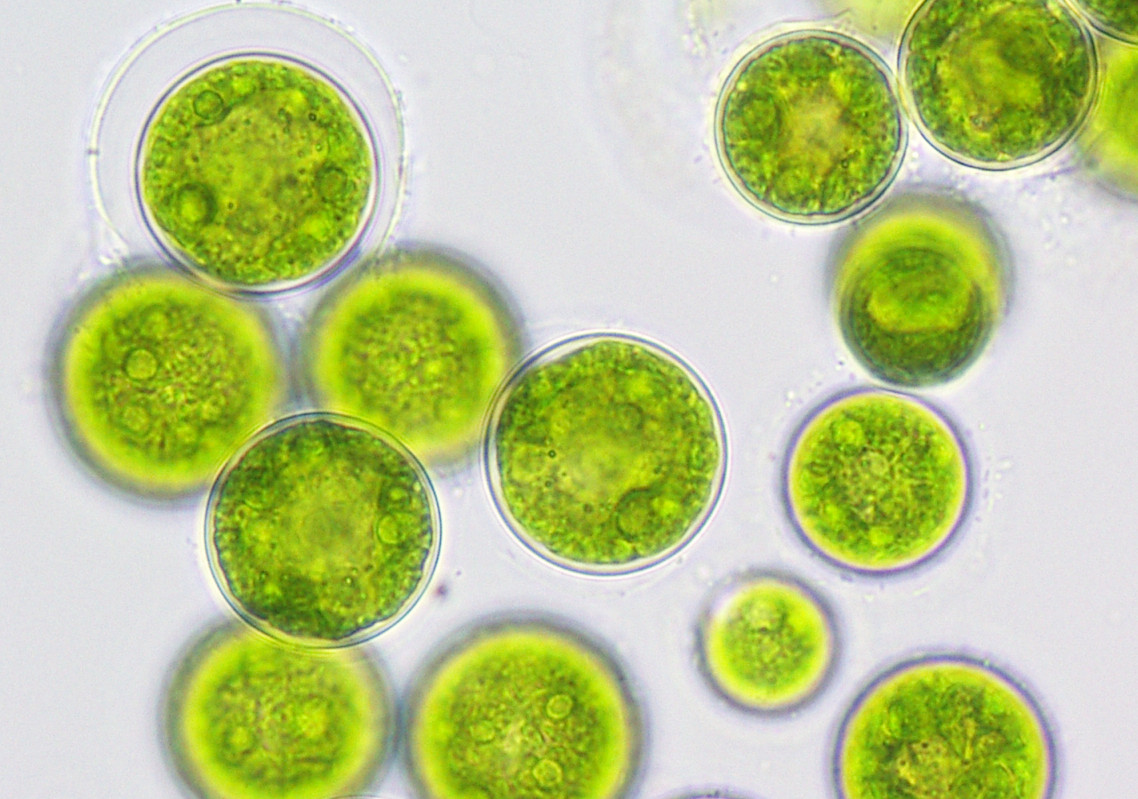
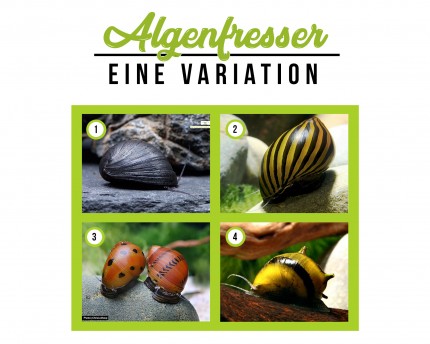
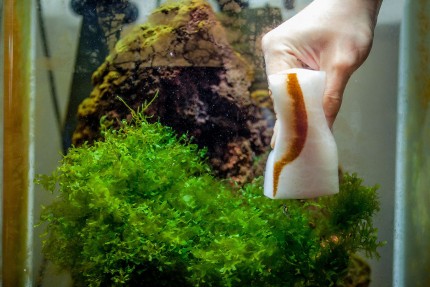
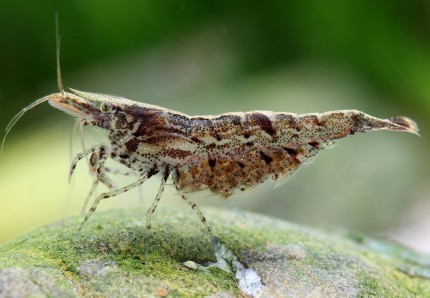
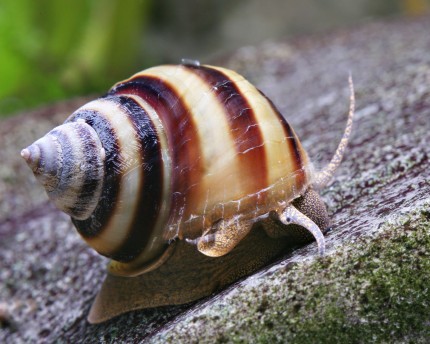
Sehr schön erklärt
Tolle Idee mit dem Blog, gute Themen, schön zu lesen!